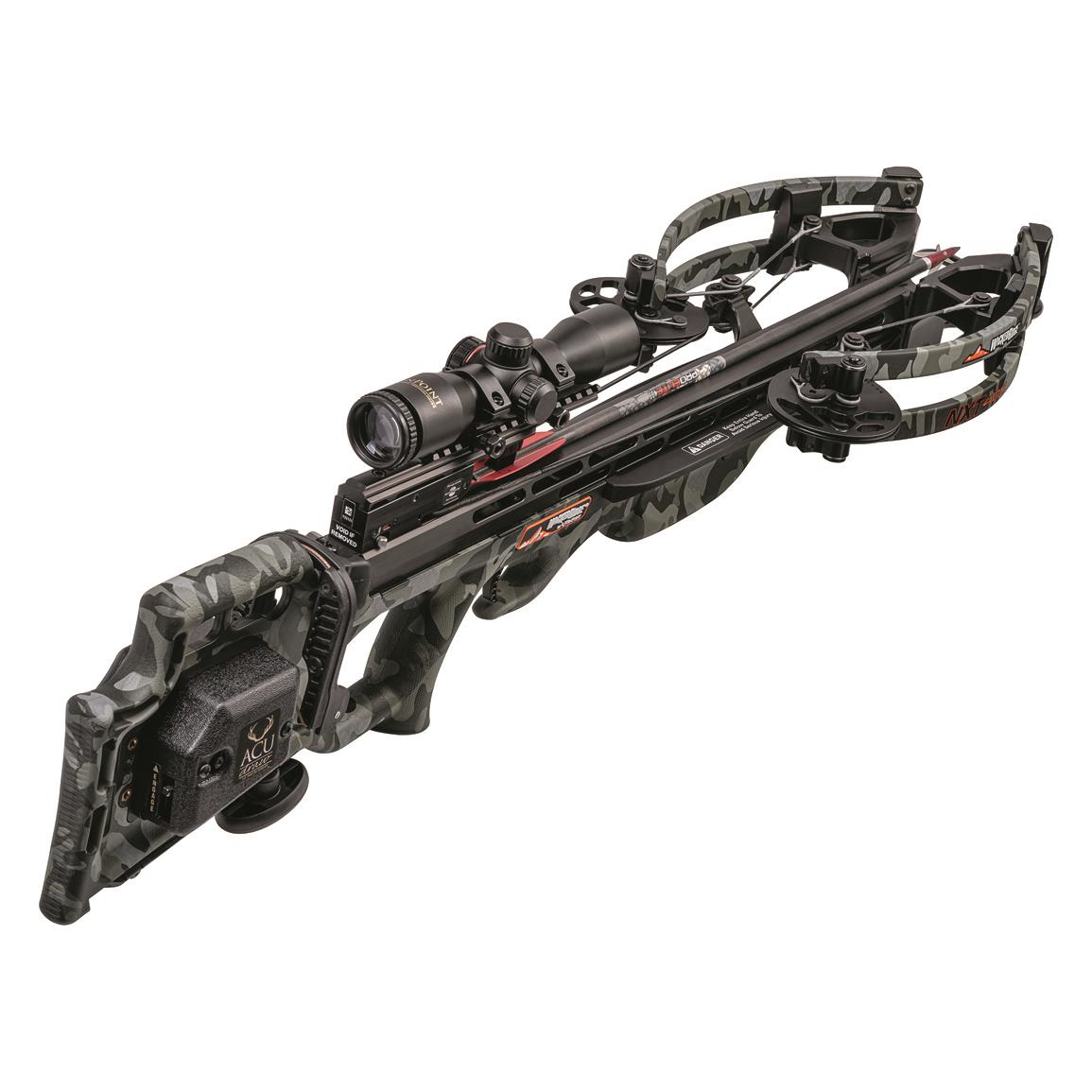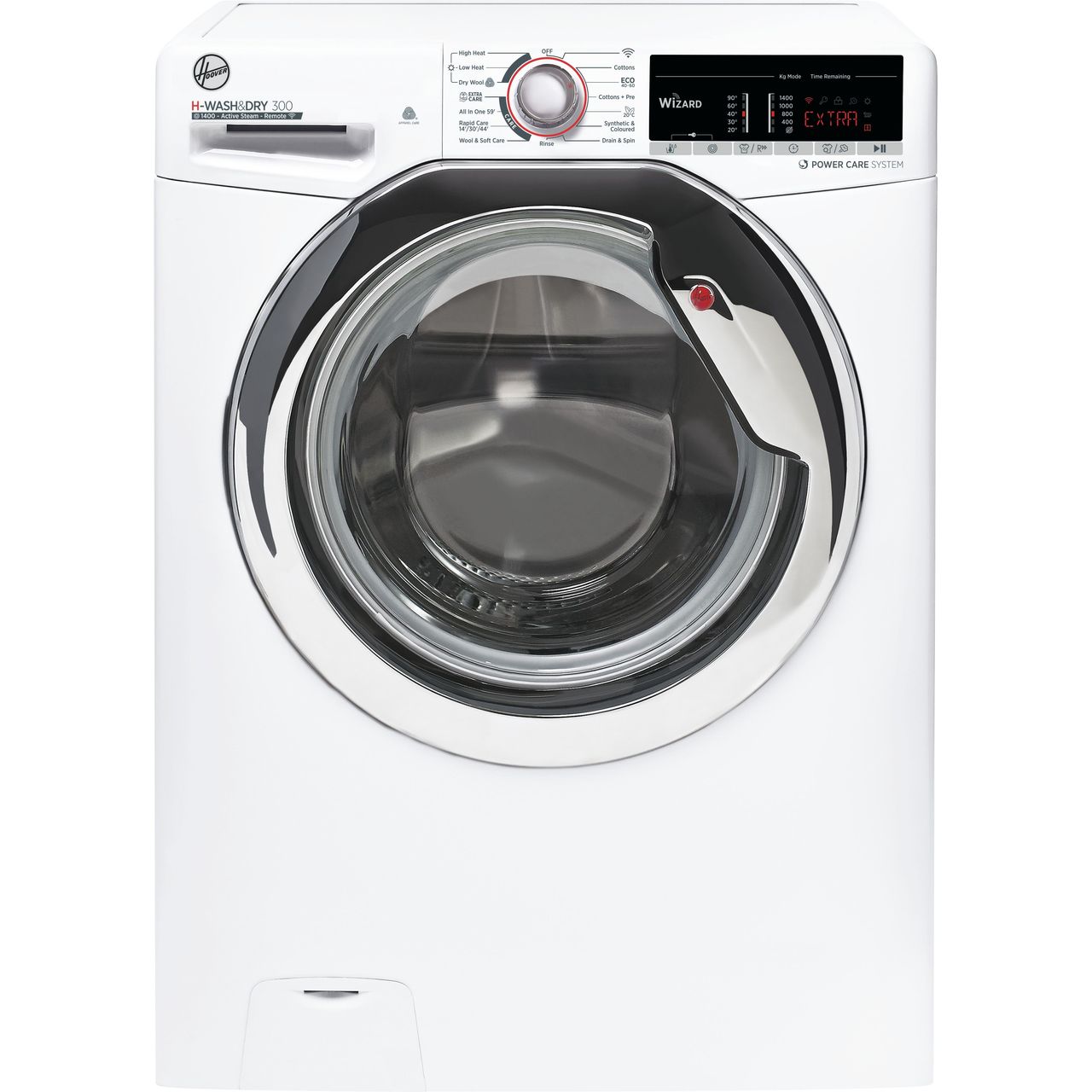Shark® Navigator® Upright Vacuum with Self-Cleaning Brushroll, CU500
Self-cleaning brushroll for powerful pet hair pickup with no hair wrap. Anti-Allergen Complete Seal Technology® and a HEPA filter trap 99.9% of dust and allergens inside the vacuum cleaner. Pet Multi-Tool included for tackling stubborn pet hair on upholstery and a crevice tool for other above-floor areas.
Hair wrap is history.
Anti-Allergen Complete Seal
Premium Shark features.

Swivel steering
Easily maneuver around tight corners and furniture.

Pet Multi-Tool
Clean stuck-on debris with a stiff bristle brush, or take off the bristles to reveal an upholstery tool for stubborn pet hair and more.

Crevice tool
This slim crevice tool is great for cleaning tight spaces, between couch cushions, and in hard-to reach areas.
Additional information
| Features | Corded, Self-Cleaning, Brushroll |
|---|---|
| Brand | Shark |
| Recommended Surface | Multi-Surface |
| Model | CU500 |
| Manufacturer | SharkNinja Operating LLC |
| Color Category | Red, Gray, Multicolor, Clear |
| Manufacturer Part Number | CU500 |
| Assembled Product Dimensions (L x W x H) | 16.00 x 12.00 x 46.00 Inches |









by Jim
I bought this vacuum because I needed a new one and because it was on sale for $98.00 during Black Friday online. I received it within two days of purchase. My old vacuum had gone out a month prior to ordering this so it had been awhile since I had vacuumed. Although I didn’t expect to pick up near the amount I did. Clearly my old cheap vacuum burning up was good for me! I added a photo to prove to you what it can do. Mind you this is one use on carpet in a 10×10 room. One use!!! The untangling feature also is nice, you have to let it spin a little after finished, but it does work. This is outstanding, highly recommend this to anyone! Ps: I never give reviews, but this just stunned me far to much.
by Rebecca
Wooowee do we love this vacuum! I was not hesitant in the slightest to purchase this product considering I have heard wonderful things about Shark. We have been browsing for another vacuum since ours was cheap and did not really do its job but look no further! A on this product!!! Also, the picture shows that we vacuumed the night before and this is what the Shark pulled!
by Respecka
This vacuum cleaner is the best I’ve ever owned. It vacuums my hardwood floors with ease. I also use it on my upholstered furniture. Going from the full vacuum to the handheld is as simple as the click of a button. This vacuum definitely meets my needs and you can’t go wrong with the long cord and the Shark suction. Go ahead and buy one, you won’t be disappointed!
by David
This is the best vacuum I have ever used and I have 2 Dyson ball vacuum. The suction is so strong I have to open the air to vacuum the runners in the hallway or it just moves them. Highly recommend very monuverable. Extra long cord is great too. Only complaint I could make would be the attachments. The narrow one hangs straight down and tends to fall off while using the vacuum.
by Jose
Wow this vacuum took all the dirt from the carpet. The carpet looks clean but just push all the dirt coming up you should buy it and also the self cleaning brushroll just pick up the hair you should buy